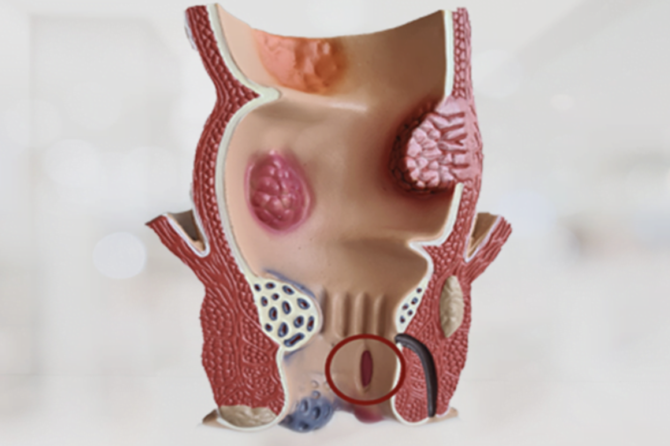
Causes of Failure in Anal Fissure Treatment
An anal fissure is a distressing health condition that causes severe pain and bleeding in the anal area.
While many patients heal quickly with appropriate treatment, in some cases symptoms may persist despite medical intervention.
So why does anal fissure treatment fail?
When should the treatment be reassessed?
We examine all these questions in detail.
What Is an Anal Fissure?
An anal fissure is a small tear in the skin around the anus.
It has two types:
- Acute Anal Fissure: Recently formed, superficial tears. Respond better to treatment.
- Chronic Anal Fissure: Long-lasting fissures with skin folds and deepening at the edges.
If not correctly diagnosed or if treatment is delayed, the fissure may become chronic and harder to heal.
Causes of Treatment Failure in Anal Fissure
Several key factors may lead to treatment failure:
Incorrect or Incomplete Diagnosis
- Sometimes the fissure may be misdiagnosed as another condition (e.g., anal fistula, cancer).
- Underlying systemic conditions (e.g., Crohn’s disease) can impair healing.
Inadequate or Improper Treatment Selection
- Advanced chronic fissures are difficult to resolve with cream treatment alone.
- Improper botox injection technique may fail to provide sufficient relaxation.
- Laser or surgical treatments applied to the wrong candidates may result in recurrence.
Poor Patient Compliance
- Ignoring dietary habits, water intake, and toilet routines may cause recurrence.
- Discontinuing supportive care like sitz baths can delay healing.
Effect of Underlying Diseases
- Inflammatory bowel disease
- Immune system disorders
- Diabetes or other healing-impairing conditions
These cases require special treatment strategies.
Post-Treatment Hygiene and Care Errors
- Poor hygiene of the anal area
- Prolonged sitting or continued straining
- Skipping regular doctor check-ups
All these factors may contribute to treatment failure.
How to Recognize Failure?
If symptoms persist despite treatment, failure is likely:
- Continued pain during or after bowel movements
- Post-defecation bleeding
- Unhealed open wound near the anus
- Repeated fissure formation
If any of these occur, advanced evaluation is necessary.
Which Treatments Are More Likely to Fail?
Conservative Treatments
- Advanced cases treated only with creams and suppositories often have lower success rates.
Incorrect Botox Applications
- Inadequate dosage or wrong injection points lower effectiveness.
Inadequate Surgical or Laser Applications
- Poor technique in laser or surgery may lead to recurrence or complications.
What to Do After Treatment Failure?
Advanced Evaluation
- A proctology specialist should conduct a thorough physical and possibly endoscopic examination.
Investigate Underlying Conditions
- Rule out systemic causes like Crohn’s disease, cancer, tuberculosis.
Personalized Advanced Treatment Options
- Combination therapy (e.g., laser + botox) may be planned.
- If necessary, minimal surgical procedures can be performed.
👉 At Avrupa Cerrahi, this process is managed with a multidisciplinary approach.
Approach to Failed Fissure Treatment at Avrupa Cerrahi
At Avrupa Cerrahi, we:
- Take a thorough patient history and perform detailed examination
- Use modern laser systems and precise botox techniques
- Develop personalized treatment protocols
- Provide close follow-up and support during recovery
Frequently Asked Questions (FAQ)
Why does anal fissure treatment fail?
Incorrect diagnosis, inappropriate treatment method, or poor patient compliance can all contribute.
What if the fissure doesn’t heal after botox?
Further evaluation is done; laser treatment or surgery may be planned if needed.
Could a non-healing fissure be a sign of cancer?
Rarely, yes — especially in chronic cases, anal cancer should be ruled out.

Leave a reply